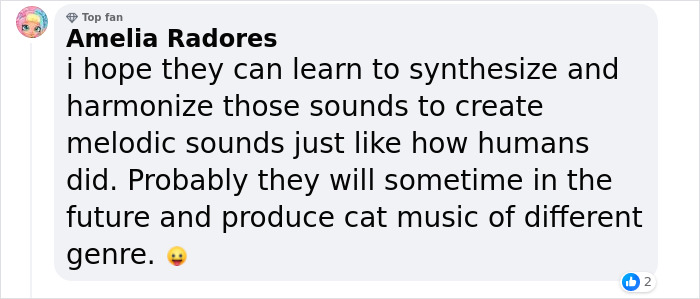CATS
The Astonishing Truth Behind How Cats Purr
For those who adore feline companions, the gentle, rhythmic purring of a cat nestled on your lap is undeniably one of the most calming sounds. Until now, the science behind the characteristic purring of domestic cats remained shrouded in mystery.
A recent research publication in the journal Current Biology has at last unraveled the enigma surrounding how cats produce their tranquilizing low-frequency purrs. The study unveiled that cats possess specialized “pads” within their vocal cords, introducing an additional layer of tissue that enables them to generate these soothing vocalizations with a low frequency.
Furthermore, the investigation disclosed that the larynx, commonly known as the “voice box,” can produce these sounds without any input from the brain.
Cats make unique low-frequency sounds due to specialized vocal cord pads, as revealed by a recent study.

Image credits: BGStock72

Image credits: photocreo
Bonnie Beaver, a veterinary scientist at Texas A&M University, notes the historical lack of scientific rigor in explaining purring. Past theories were never tested. The enigma lies in domestic cats producing low-frequency vibrations (20-30 Hz), typically seen in larger mammals like elephants. Study co-author Christian Herbs emphasizes these frequencies are even lower than the deepest human vocal bass sounds.
Purring typically involves low-frequency sounds, typically ranging between 20 and 30 hertz (Hz), which are commonly observed in larger mammals such as elephants.

Image credits: alexandrabeganskaya
In their research, scientists investigated by extracting the larynges from eight domestic cats, which had been euthanized due to terminal illnesses, with the explicit consent of their owners.
The researchers isolated the feline larynxes, brought the vocal cords into contact, and introduced warm air through them. Upon observing vibrations in all eight larynxes, they found that the resulting sound was generated without the involvement of muscle contractions or neural input.
Similar to the involuntary nature of meowing and hissing, purring emerges as a passive phenomenon, occurring automatically.
Purring happens without muscle contractions or brain input, as per the investigation

Image credits: nina_p_v
This contradicted earlier theories suggesting that cats produced purring by deliberately contracting and relaxing their laryngeal muscles to generate the characteristic vibrating sound.
The scientists conducting the study, affiliated with the University of Vienna, characterized their discoveries as both a “significant surprise” and a “distinct signal” that the phenomenon warrants additional research.
Cat lovers shared their thoughts on the exciting new findings






